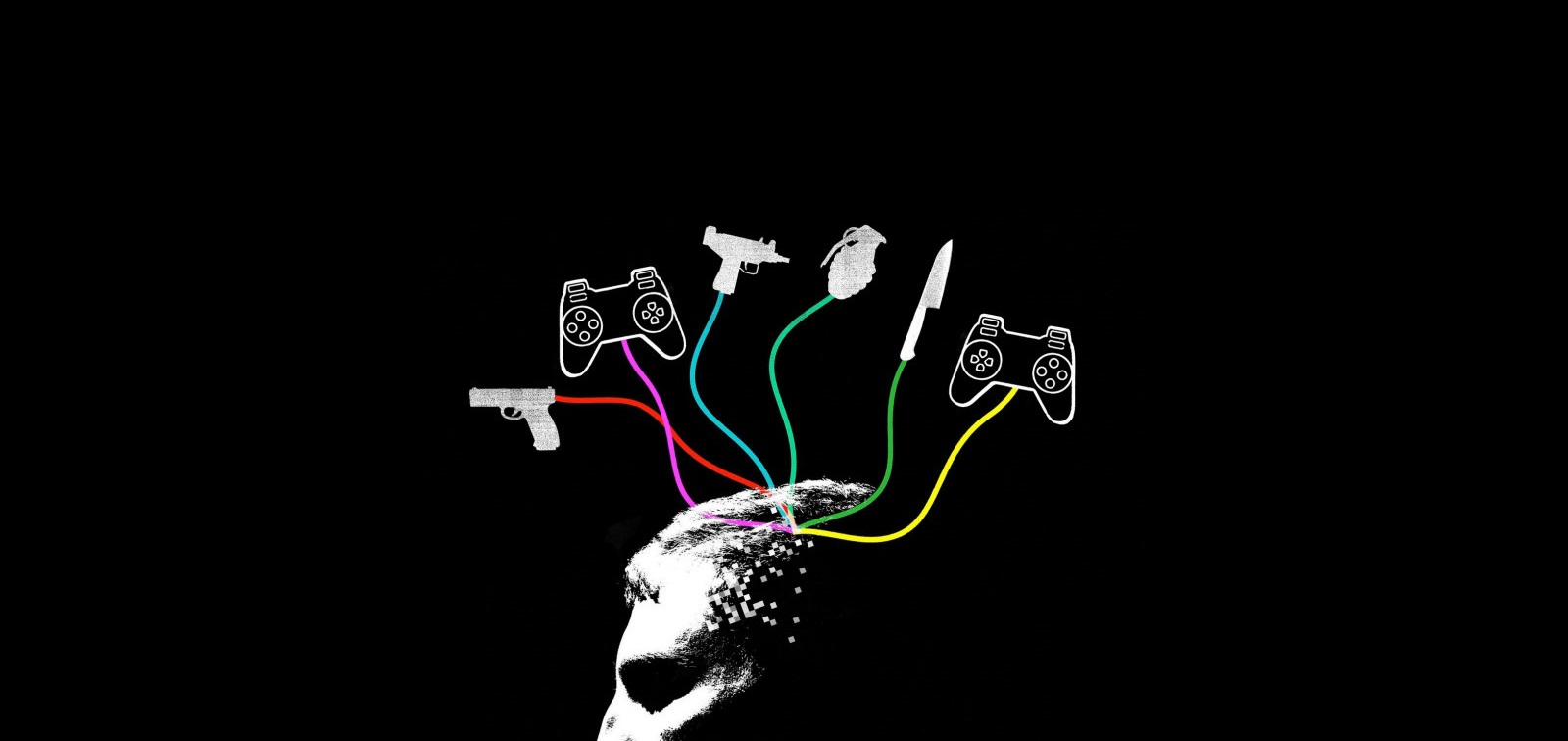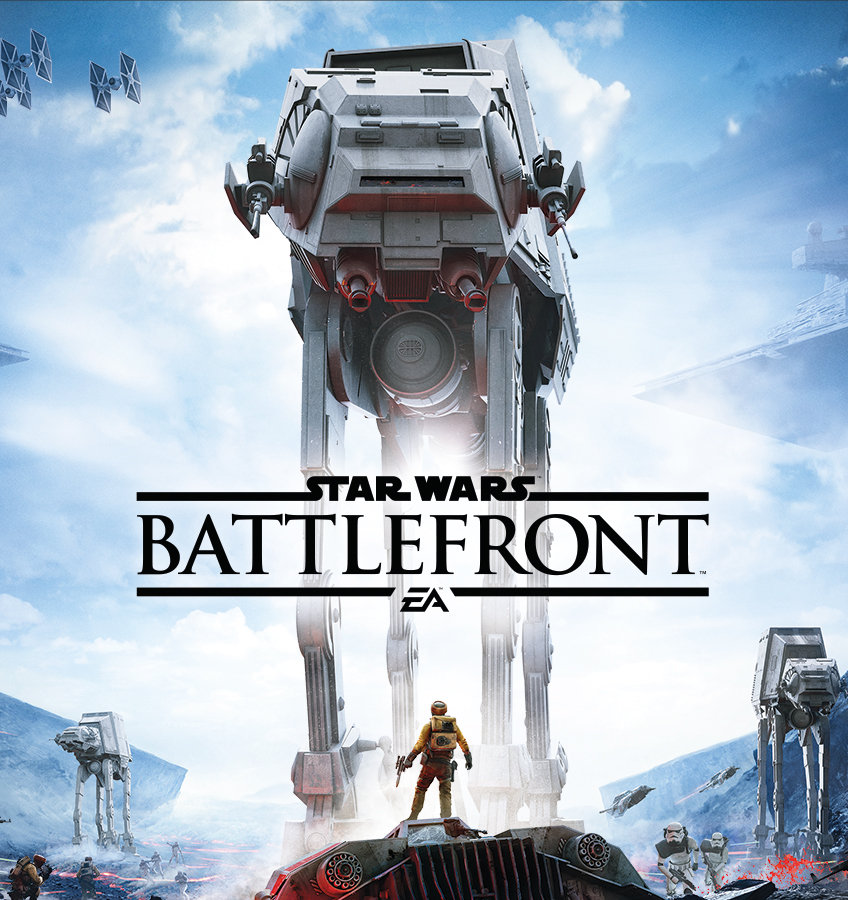WEST LONG BRANCH, N.J.–In today’s market, consumers dive full force into the latest big-name game release. Whenever a gaming title gets a lot of buzz, such as the recent “Fallout 4”, fans will clamor for extra, downloadable content (DLC). It’s simply a fact about the industry today: we always think and theorize about the add-ons a company will attach to a popular game, and how much it will cost us to acquire more of a game we love.
Yet as the old saying goes, how much is too much of a good thing? There are plenty of gamers who see DLC as a nuisance, or a cash-in to get people to pay more money for things that should have been part of the complete package upon release. Where is the distinction between extra, supplemental content, and pieces of the game that should have been part of the base game?
A good example of DLC being a contested point throughout the community is the recent EA title, “Star Wars: Battlefront”, which was released last November. It was widely agreed upon that the game did not have that much substance or life to it besides the online play (which is commonplace for a first-person shooter today) despite gorgeous graphics and music. EA assured players that more content was coming in the form of four DLC packs, which could be secured by paying up-front for the season pass.
A season pass, similar in name and concept to a theme park’s ticket that grants repeated visits, allows players to pay a set amount and then receive a game’s downloadable content as it is released. The only catch is that EA priced the “Star Wars: Battlefront” season pass at $50–around twice the price of usual games’ season passes.
The lesson in this case is that DLC can be used to complete an otherwise incomplete game. A game can be released as is and have other modes, maps, and more released afterward, because a fan will pay for the rest of the game. The ethics of this notwithstanding, it is a legitimate business tactic that has been effective thus far, and does not show signs of stopping. However questionable the tactic may be, the notion of using DLC to pad out a game at a later date represents the market for games today as a weird, economic nutshell.

A more infamous use of DLC goes back an entire decade, where the makers of “Fallout” and “The Elder Scrolls,” Bethesda Softworks released the much-ridiculed “Horse Armor DLC Pack” for “The Elder Scrolls IV: Oblivion”. This $2.50 downloadable item added armor for your horse that did not seem to do much of anything.
In this day and age, DLC is expansive and well thought-out, but way back then it was a new and untapped novelty. Thankfully, spending $3 for an aesthetic change for one’s horse is probably a rare occurrence these days. Ten years later, we like to think we are a little more careful with what is released, hoping it actually adds dimension to a game. But it just goes to show how far DLC has come since its inception, and how it continues to grow today.

DLC is a way for game developers and companies to provide additional content for games than what was initially contained in the game’s release. It can be everything from maps or additional characters, to entire parts of the game that some believe should not have to cost extra.
As much as fans of games will debate and argue over what belongs where, in the end it’s a marvel to see more content be released after a game hits shelves, where ten or 15 years ago it would have had to been cut, never to see the light of day if it was initially included. Love it or hate it, DLC is a remarkable part of games today that showcase how video games are a unique and ever-changing form of entertainment.





